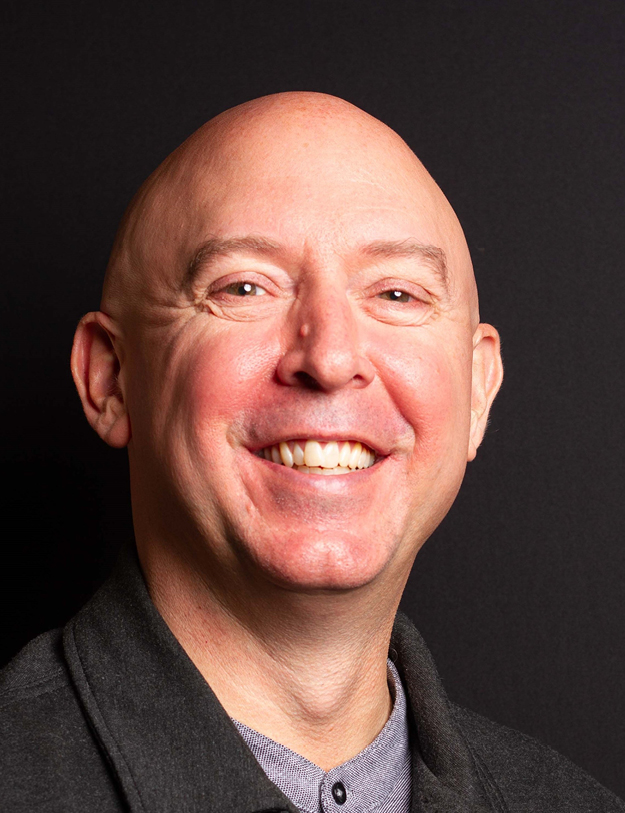The Newsroom
Author and leadership strategist Dan Pontefract on the joys of publishing
Best-selling author Dan Pontefract founded The Pontefract Group in 2014 to improve the state of leadership and organizational culture. Previously Chief Envisioner and Chief Learning Officer at TELUS — a telecommunications company with revenues of $14 billion and 50,000 global employees — Dan writes for Forbes and Harvard Business Review, among other publications.
His most recent book, Open to Think: Slow Down, Think Creatively, and Make Better Decisions, won the 2019 getAbstract International Book of the Year and the 2019 Axiom Business Book Award Silver Medal in the Leadership category. Dan’s fourth and latest book, Lead. Care. Win. How to Become a Leader Who Matters, will be in bookstores in September 2020.
Question 1: What are one or two key pieces of advice you’d give to other thought leaders or organizations that are planning on publishing their first book?
Don’t compare yourself to the so-called “thought leader” celebrities that litter the top-selling charts. Find your voice, write your book, and don’t think for a second that the celebrity management book authors are somehow better than you. I often find obscure titles from unknown management book authors to be more helpful than the bestsellers. Your audience will find you.
Also, don’t rush the process. Yes, a writing schedule and a disciplined methodology are key. However, if you are a first-time author, I’d sooner see you take the time to write a good book first than to sign a contract and be beholden to an imposed timeline.
Partner up with a reliable and experienced structural or developmental editor as well. Elton John may write the music and sing on stage, but without Bernie Taupin writing the lyrics, Elton John is not much more than an outstanding piano player.
Question 2: What is it about publishing books that seems most valuable to you as the head of the Pontefract Group? Have any unexpected benefits come of being an author?
First off, I learn so much every time I sit down to write a book. The amount of research I do coupled with the plentiful interviews scratches my curiosity itch and my autodidact tendencies with aplomb. I love it.
Furthermore, I tend to reach out to people I may not know, in hopes of developing a relationship after the interview. I suppose I find people fascinating, so my advice is not to be afraid to reach out to people you don’t know as you’re researching and interviewing for your book. It’s helped me greatly.
Books are also a fantastic business card for me. I wish I specifically kept track, but I know I’ve given away at least 5,000 books over the past seven years. Why would I do that? I never became an author to become rich; rather, I hoped people would lead richer lives because of my writing.
Giving away books is a way to do that. Still, it also acts as a reminder to potential clients that my company is for hire when it comes to organizational assessments, keynote speaking, or other consultative work related to leadership and organizational culture improvement.
Question 3: You’ve published three books — Flat Army, The Purpose Effect, and Open to Think — and the fourth, Lead. Care. Win., is due out in a couple of months. What in the writing process has gotten easier for you, and what has continued to be a challenge with every book?
As I’ve gained more experience writing each of my four management books, I’ve also honed my tactics on how to shape the arc of a book. In all honesty, Flat Army should have been three books devoted to organizational culture practices, learning strategies, and collaboration technology use.
The arc was too broad. It’s not a bad book, per se, but it indeed could have been three books in hindsight. The Purpose Effect delved into three different types of purpose, while Open to Think focused on three different types of thinking. In Flat Army, there were also five very different focus points of organizational culture, which may have slowed the reader down.
I also learned a lot about audiences along the way, not only getting better at deciding whom I was writing for, but what type of voice I was using. For example, the first two books would split the voice between the C-suite, leaders and employees. In my third, it narrowed down to leaders and employees. But with Lead. Care. Win., I went explicitly after one target audience member — the leader — and my writing voice was tailored specifically to them.
Finally, I’ve learned after four books that the word count should not be a fixation. A book will find its word count length naturally if you allow yourself the freedom to write from the heart, and pare down as necessary afterward.
My books have ranged between 40,000 and 93,000 words. I write based on the outline constructed initially and let the narrative flow without restraint. The chopping is still one of my favourite parts, as words and stories can always be repurposed for articles and columns.
Find out more about Dan’s work at www.danpontefract.com.
